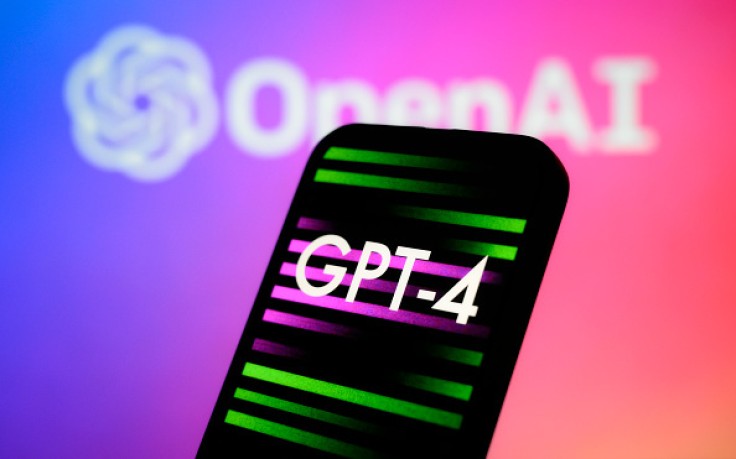OpenAI has been surpassing limits since GPT-3 was launched, and they have done so again with the release of GPT-4. We are slowly seeing glimpses of what AI would be like in the future, so it's only wise to understand what it is and what it's capable of in its early stages.

What is GPT-4?
The textbook definition provided by OpenAI is that it's a large multimodal model that is capable of exhibiting performance on a human level, both on professional and academic topics. If you look at the things that people could do with it, you'll be amazed at how true that can be.
GPT is an acronym for Generative Pre-trained Transformer, as pointed out by ZDNet. Like the old models, it is a language model that uses deep learning so that it would respond the way a human would in a conversation.
The new model is exponentially more powerful than its predecessor. For comparison, both models took the bar exam. While GPT-3.5's score fell in the bottom 10%, GPT-4's score was placed in the top 10%.
Since the newest language model system of OpenAI is multimodal, GPT-4 is capable of assisting its users not only with text but with images as well. This creates a plethora of new possibilities for using generative AI.
What Can It Do?
Now, for the fun part. Just to give you an idea of how exciting or terrifying it can be, the new AI model is said to have given someone an existential crisis due to how smart it is. Speaking of a crisis, it seems that it can also respond to a dilemma the way a human would.
For instance, Kevin Roose from The New York Times asked if it was ethical to steal a loaf of bread to feed a starving family. It pointed out that stealing is not ethical, but it is a tough situation, and desperate times can lead to difficult choices.
Normally, a person would expect an AI to say that it is unethical, as well as illegal, maybe even provide which laws would be violated by doing so. Instead, it acknowledged the human factor of the situation, which is the unfixed line of right and wrong or what blurs it.
Before OpenAI fixed the error, a user asked GPT-4 for instructions on how to make a dangerous chemical using ingredients you would find in a household. The AI provided a detailed recipe for it, which shows how dangerous it can be in the wrong hands.
OpenAI's president Greg Brockman also demonstrated the capabilities of the newest language model. He took a photo of written words and a simple layout on a sheet of paper and asked GPT-4 to create a website with HTML and JavaScript.
The AI scanned the photo uploaded by Brockman, turned the writings into text instructions, turned the same text instructions into a computer code that works, and then created the website. The website works and all the buttons did as well.
Greg Brockman (@gdb) of OpenAI just demoed GPT-4 creating a working website from an image of a sketch from his notebook.
— Mckay Wrigley (@mckaywrigley) March 14, 2023
It’s the coolest thing I’ve *ever* seen in tech.
If you extrapolate from that demo, the possibilities are endless.
A glimpse into the future of computing. pic.twitter.com/1QB6wbQkld
This calls into question how far humans will take AI. Soon enough, it can be integrated with robots that can do everyday tasks for us, like bringing the movie "I, Robot" to life. After all, the movie took place in 2035, and our robotics technology has plenty of time to be developed.









